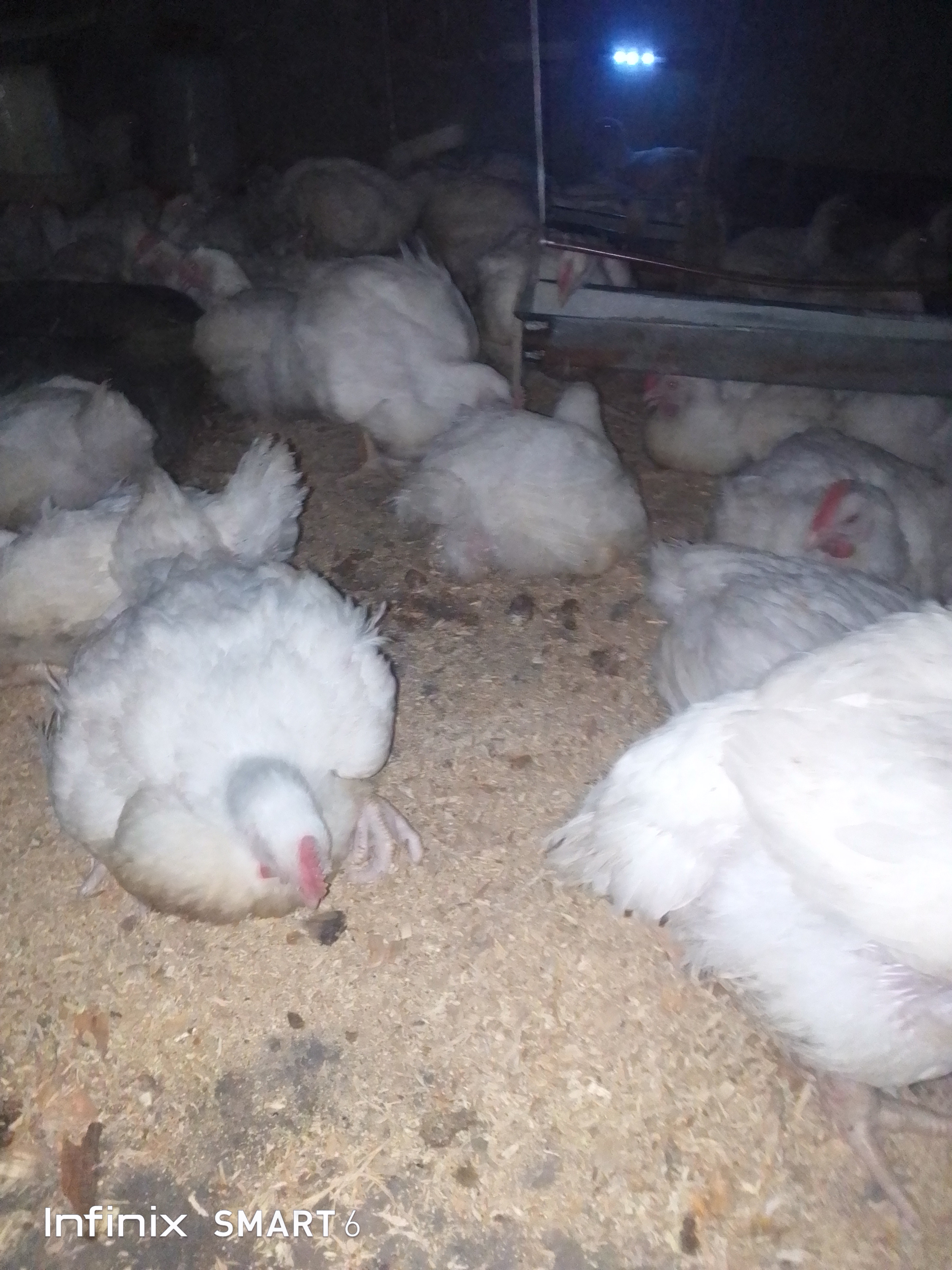BEFORE YOU GO IN TO BROILERS FARMING YOU NEED TO KNOW THE BREED ESPECIALLY THOSE IN NIGERIA
As the poultry farming industry in Nigeria continues to thrive, it's crucial for poultry farmers to distinguish between company names and broiler breeds. Understanding this distinction can help in making informed decisions about sourcing and raising broilers.
Broiler Companies in Nigeria
Several companies in Nigeria are known for producing high-quality broilers. These companies are often mistaken for broiler breeds, but they are actually suppliers and producers. Here are some of the prominent broiler-producing companies in Nigeria:
1. Agrited
2. Chi
3. Sayed
4. Vertex
5. Valentine
6. Amo Farm Support
7. Fidan
These companies have established themselves as reliable sources for broiler chicks, providing farmers with the necessary support and resources to ensure successful poultry farming operations.
Broiler Breeds in Nigeria
In contrast to the companies listed above, broiler breeds refer to the specific genetic lines of chickens that are raised for meat production. These breeds are selected for their rapid growth, efficient feed conversion, and high meat yield. Some of the popular broiler breeds in Nigeria include:
1. Ross 308
2. Cobb 500
3. Arbor Acres Plus
4. Hubbard Classic
5. Avian 48
6. Marshall
7. Naked Neck
Each of these breeds has unique characteristics that make them suitable for different farming conditions and preferences. Farmers should carefully consider the breed that best fits their production goals and environmental conditions.
Spreading the Word
It's important to share this update with other poultry farmers to help them avoid confusion between broiler companies and breeds. By doing so, we can ensure that farmers make well-informed decisions that contribute to the success of their poultry farming ventures.
Stay Informed with Farming Tech & Business
For more updates, tips, and insights on poultry farming and agricultural practices, keep following Farming Tech & Business. Together, we can enhance the poultry farming industry in Nigeria and achieve greater success.
As the poultry farming industry in Nigeria continues to thrive, it's crucial for poultry farmers to distinguish between company names and broiler breeds. Understanding this distinction can help in making informed decisions about sourcing and raising broilers.
Broiler Companies in Nigeria
Several companies in Nigeria are known for producing high-quality broilers. These companies are often mistaken for broiler breeds, but they are actually suppliers and producers. Here are some of the prominent broiler-producing companies in Nigeria:
1. Agrited
2. Chi
3. Sayed
4. Vertex
5. Valentine
6. Amo Farm Support
7. Fidan
These companies have established themselves as reliable sources for broiler chicks, providing farmers with the necessary support and resources to ensure successful poultry farming operations.
Broiler Breeds in Nigeria
In contrast to the companies listed above, broiler breeds refer to the specific genetic lines of chickens that are raised for meat production. These breeds are selected for their rapid growth, efficient feed conversion, and high meat yield. Some of the popular broiler breeds in Nigeria include:
1. Ross 308
2. Cobb 500
3. Arbor Acres Plus
4. Hubbard Classic
5. Avian 48
6. Marshall
7. Naked Neck
Each of these breeds has unique characteristics that make them suitable for different farming conditions and preferences. Farmers should carefully consider the breed that best fits their production goals and environmental conditions.
Spreading the Word
It's important to share this update with other poultry farmers to help them avoid confusion between broiler companies and breeds. By doing so, we can ensure that farmers make well-informed decisions that contribute to the success of their poultry farming ventures.
Stay Informed with Farming Tech & Business
For more updates, tips, and insights on poultry farming and agricultural practices, keep following Farming Tech & Business. Together, we can enhance the poultry farming industry in Nigeria and achieve greater success.
BEFORE YOU GO IN TO BROILERS FARMING YOU NEED TO KNOW THE BREED ESPECIALLY THOSE IN NIGERIA 👇
As the poultry farming industry in Nigeria continues to thrive, it's crucial for poultry farmers to distinguish between company names and broiler breeds. Understanding this distinction can help in making informed decisions about sourcing and raising broilers.
Broiler Companies in Nigeria
Several companies in Nigeria are known for producing high-quality broilers. These companies are often mistaken for broiler breeds, but they are actually suppliers and producers. Here are some of the prominent broiler-producing companies in Nigeria:
1. Agrited
2. Chi
3. Sayed
4. Vertex
5. Valentine
6. Amo Farm Support
7. Fidan
These companies have established themselves as reliable sources for broiler chicks, providing farmers with the necessary support and resources to ensure successful poultry farming operations.
Broiler Breeds in Nigeria
In contrast to the companies listed above, broiler breeds refer to the specific genetic lines of chickens that are raised for meat production. These breeds are selected for their rapid growth, efficient feed conversion, and high meat yield. Some of the popular broiler breeds in Nigeria include:
1. Ross 308
2. Cobb 500
3. Arbor Acres Plus
4. Hubbard Classic
5. Avian 48
6. Marshall
7. Naked Neck
Each of these breeds has unique characteristics that make them suitable for different farming conditions and preferences. Farmers should carefully consider the breed that best fits their production goals and environmental conditions.
Spreading the Word
It's important to share this update with other poultry farmers to help them avoid confusion between broiler companies and breeds. By doing so, we can ensure that farmers make well-informed decisions that contribute to the success of their poultry farming ventures.
Stay Informed with Farming Tech & Business
For more updates, tips, and insights on poultry farming and agricultural practices, keep following Farming Tech & Business. Together, we can enhance the poultry farming industry in Nigeria and achieve greater success.
0 Comments
·0 Shares
·0 Reviews





